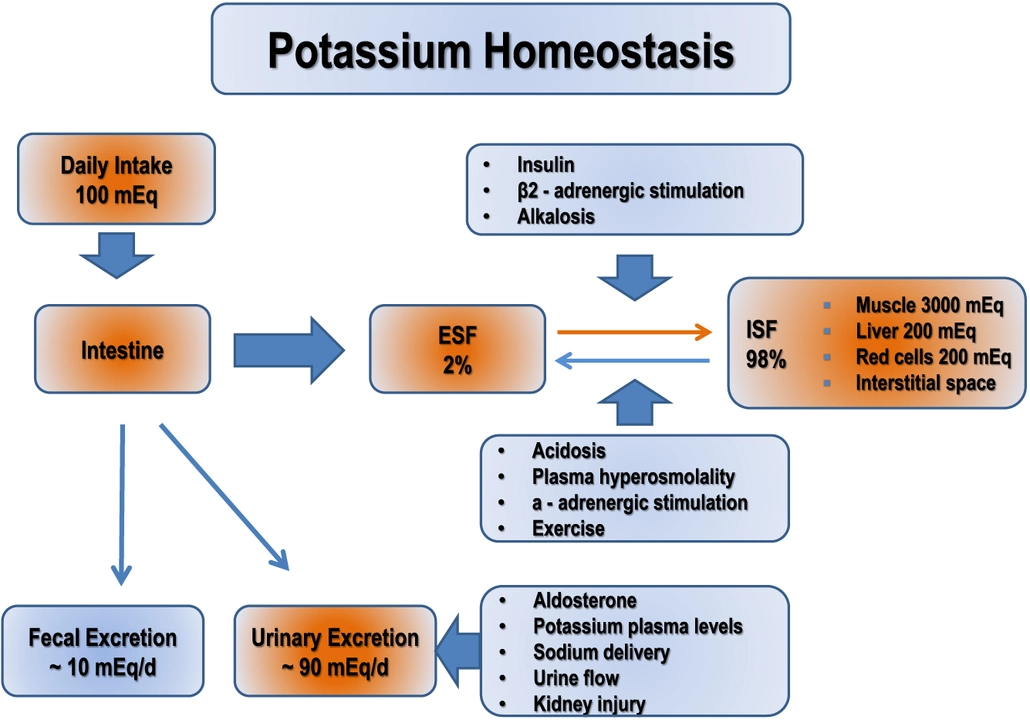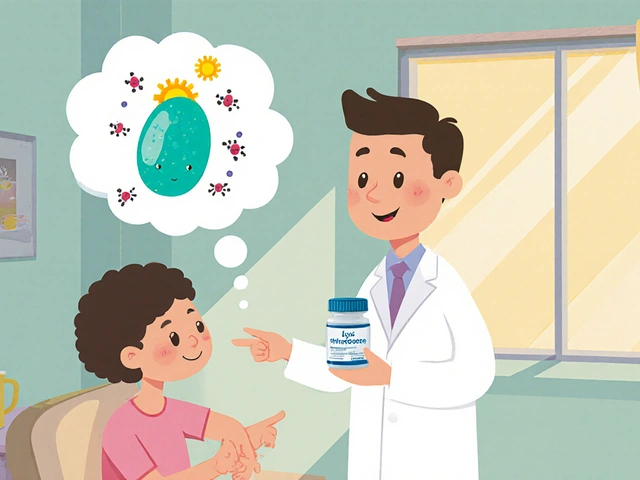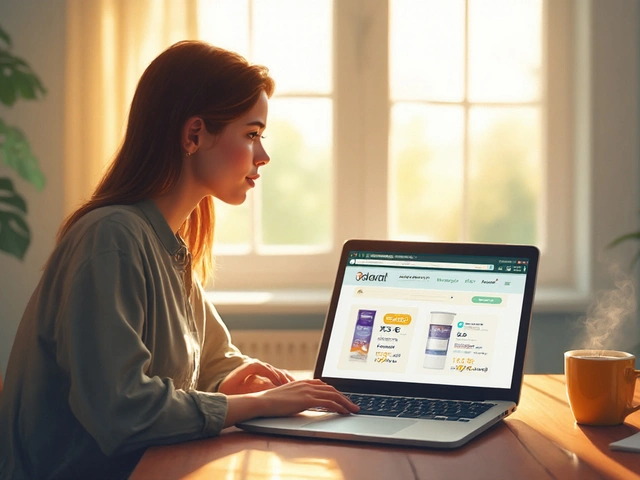Hypertension: Practical Tips to Manage High Blood Pressure
About 1.28 billion adults worldwide have high blood pressure, and many don’t know it. High blood pressure usually has no obvious symptoms but quietly raises your risk of heart attack, stroke, kidney problems and vision loss. You can control it with the right habits, regular checks, and sometimes medicine.
Know the numbers and how to check
Blood pressure is two numbers: systolic (top) and diastolic (bottom). Rough guide: normal under 120/80; elevated 120–129/<80; stage 1 is 130–139/80–89; stage 2 is 140/90 or higher. A single high reading doesn’t mean you have hypertension — doctors look at several readings across days or weeks.
Measure at home like this: sit still for 5 minutes, feet flat, cuff at heart level, no caffeine or smoking 30 minutes beforehand. Take two readings one minute apart and log them. Home monitoring gives a clearer picture than a one-off clinic reading.
Simple lifestyle changes that really help
Salt matters. Cutting added salt to under 2.3g (about one teaspoon) a day lowers pressure for many people. Try flavoring food with herbs, lemon, or spices instead of salt. The DASH-style approach — lots of vegetables, fruit, whole grains, lean protein and low-fat dairy — works well.
Move more. Aim for about 150 minutes of moderate exercise a week (brisk walking, cycling). Losing even 5–10% of body weight if you’re overweight often drops blood pressure noticeably. Limit alcohol (under two drinks a day for men, one for women) and quit smoking — smoking won’t raise your long-term BP much, but it multiplies heart risk.
Watch caffeine and NSAIDs (like ibuprofen). Caffeine can spike readings; NSAIDs can blunt some blood pressure meds and raise pressure in some people. Prioritize good sleep and find simple stress tools that work for you: short walks, breathing exercises, or quick breaks during a busy day.
If lifestyle steps aren’t enough, medicines help. Common classes: thiazide diuretics (hydrochlorothiazide), ACE inhibitors (lisinopril), ARBs (losartan), calcium channel blockers (amlodipine) and beta-blockers (metoprolol). Your doctor chooses based on age, other conditions, and side effects. Don’t stop medication without talking to your clinician.
Since many readers shop for meds across borders, a quick buying tip: Mexican pharmacies can offer lower prices, but check the pharmacy is licensed, ask for the original packaging and a prescription, and avoid deals that seem suspiciously cheap. If you switch brands or formulations, check with your doctor or pharmacist about dosing and monitoring.
Get urgent care if your reading is over 180/120 and you have chest pain, shortness of breath, severe headache, vision changes or confusion. For routine care, bring a printed log of your home readings to appointments — it helps your provider see the trend and adjust treatment faster.
Small changes add up. Regular checks, real food swaps, consistent exercise and the right medicine when needed will keep blood pressure—and risks—down.






